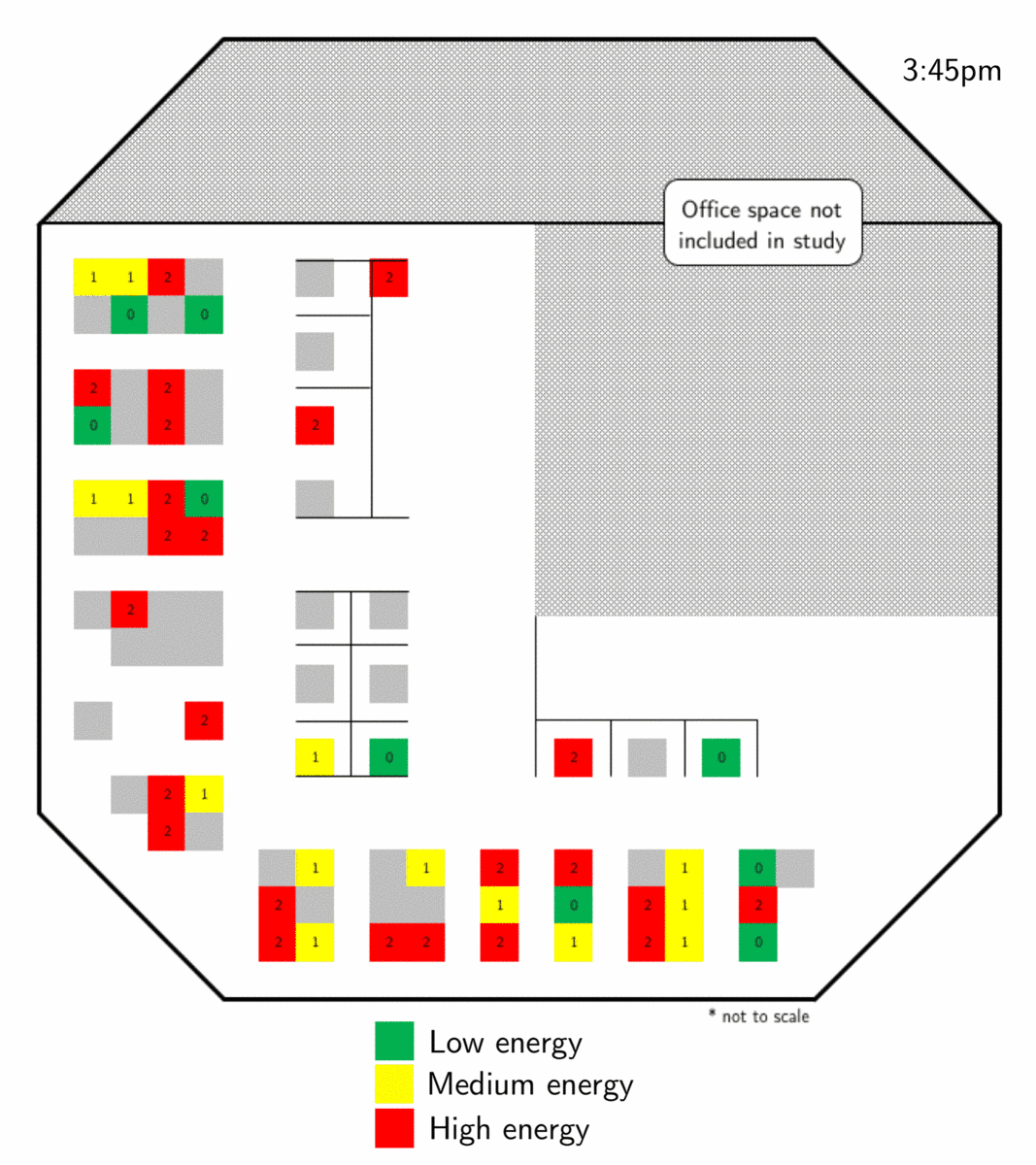
Enhancing the energy efficiency of commercial buildings is a challenging problem, due to the fact that centralized building systems -- such as heating, ventilation and air conditioning (HVAC), or lighting -- must be synthesized and integrated with individual inhabitant behavior and energy consumption patterns. This project aims to design, analyze, and test a cyber-physical and human-in-the-loop enabled control system that can drive sustained energy savings in commercial buildings. It brings together expertise in computational building science, eco-feedback, network theory, data science, and control systems to integrate physical building information and inhabitants with cyber (building-human) interaction models to enable intelligent control of commercial building systems. Specifically, this project will: 1) design an integrated cyber-physical system (CPS), called Building Information, Inhabitant, Interaction, Intelligent Integrated Modeling (BI5M), aimed at reducing energy usage in buildings; 2) assess the complex inter-relationships between and across physical building and inhabitant models, cyber building-human interaction and intelligent control models related to energy conservation behavior; and 3) empirically test and validate modules and the overall BI5M system at test-bed buildings on Stanford's campus and industrial partners.
Specifically, the UIL team is leading the Building Inhabitant Modeling component focused on developing analytical methods to understand the spatio-social structure of building inhabitants (e.g., friendships, organizational teams, space use) and co-optimize building, energy, and occupant systems.
Team Member(s): Thomas Dougherty, Kopal Nihar
Collaborator(s): Prof. Patricia Culligan, (CE, Columbia University), Prof. John E. Taylor (CEE, Georgia Tech), Prof. Ying Zhang (ECE, Georgia Tech)
Funder(s): National Science Foundation under Grants: 1836995, 1837022, 1837021
